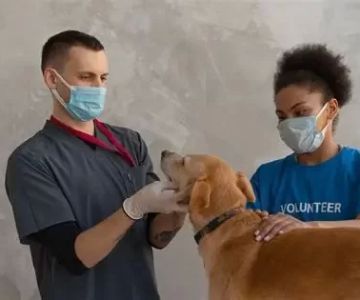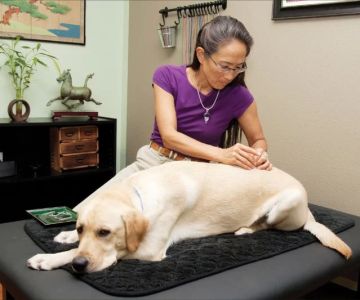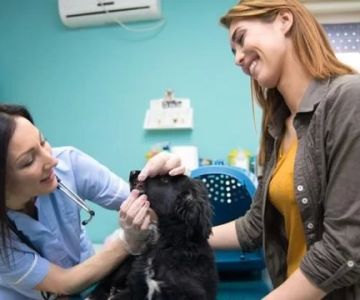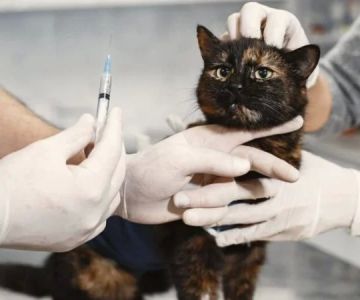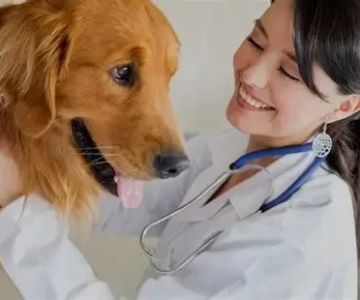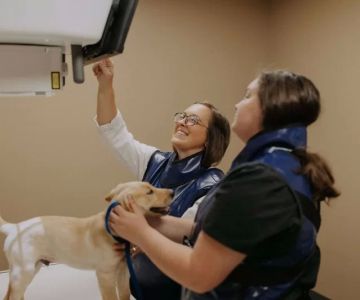How Long Does It Take to Get Your Veterinarian License?
- Steps to Become a Veterinarian
- Veterinarian Education Requirements
- Veterinarian Exam Timeline
- Tips for Expediting the Licensing Process
Becoming a licensed veterinarian is a dream for many animal lovers, but how long does it take to get your veterinarian license? This question is one that often crosses the minds of aspiring veterinarians. While the process can vary depending on your location and individual circumstances, the path to obtaining your veterinary license generally follows a clear and structured route. In this article, I’ll walk you through the steps involved, the education required, the timeline you can expect, and some practical tips that can help expedite the process.
1. Steps to Become a Veterinarian
Before you can obtain a veterinarian license, you need to follow a specific sequence of steps. These steps ensure that you are well-prepared to take on the responsibilities that come with caring for animals. When I was considering becoming a vet, I discovered that while the process is long and demanding, it’s rewarding for anyone passionate about animals.
The typical steps to becoming a veterinarian include:
- Complete a Bachelor's Degree: Most veterinary schools require applicants to have completed a bachelor's degree in a related field, such as biology or animal science. This generally takes about four years. During this time, you should focus on courses that will help you excel in veterinary school.
- Attend Veterinary School: After earning your bachelor’s degree, the next step is to attend an accredited veterinary school. This is a four-year program where you will gain both theoretical knowledge and practical experience. I remember my own time at veterinary school as a mix of intense learning and hands-on clinical training.
- Pass the National and State Exams: Upon completing veterinary school, you’ll need to pass the North American Veterinary Licensing Examination (NAVLE), as well as any additional state-specific exams. These tests ensure that you have the necessary skills to practice safely and effectively.
- Obtain State Licensure: Each state has its own licensing process, but you will generally need to submit an application, provide proof of your education, and pay the required fees. Once you meet all the requirements, you will receive your veterinarian license.
2. Veterinarian Education Requirements
To become a licensed veterinarian, you will need to complete an extensive education that includes both undergraduate and graduate studies. The process is rigorous, and the training can take several years, but it is necessary for ensuring that you are well-prepared to provide quality care to animals.
The educational requirements typically consist of:
- Bachelor’s Degree: The first step is completing a bachelor’s degree, which typically takes four years. Most veterinary schools require students to have taken courses in biology, chemistry, and physics before applying.
- Veterinary School: Veterinary school itself is a four-year program, where you will study animal health, diseases, treatments, and surgery. It's demanding but rewarding.
- Internships and Clinical Experience: During veterinary school, you’ll be expected to participate in internships and gain clinical experience working with real animals. This provides valuable hands-on training and prepares you for your future career.
After finishing this education, you will be eligible to sit for the licensing exams and officially become a veterinarian.
3. Veterinarian Exam Timeline
The exam process is a critical component of obtaining your veterinarian license. Once you’ve completed veterinary school, you’ll need to pass the NAVLE, which is the primary exam for licensing in the United States. The NAVLE is a comprehensive test that assesses your knowledge and skills in veterinary medicine. This exam is typically administered twice a year, in the fall and spring, and it’s available at various testing locations around the country.
The timeline for taking and passing your veterinary exams typically looks like this:
- After Completing Veterinary School: Once you finish your veterinary program, you’ll need to apply to take the NAVLE. The process can take several weeks, so be sure to plan ahead.
- Study and Preparation: Preparing for the NAVLE takes time and dedication. Many students spend several months studying before sitting for the exam.
- Exam Results and State Licensing: After taking the exam, you’ll typically receive your results within a few weeks. If you pass, you can apply for state licensure. The timeline for obtaining a license varies by state, but it typically takes anywhere from a few weeks to a few months.
4. Tips for Expediting the Licensing Process
As someone who has gone through this process, I can tell you that there are a few things you can do to help expedite the veterinarian licensing process. By staying organized and proactive, you can speed up your timeline and make the process smoother.
Here are some tips to help:
- Start Early: The earlier you begin your undergraduate education and veterinary school applications, the more time you’ll have to meet all the requirements and pass exams without rushing.
- Stay on Top of Deadlines: Each state has its own licensing deadlines and exam schedules. Stay organized and keep track of all the dates so you don’t miss anything important.
- Take Advantage of Test Prep Courses: Enrolling in test preparation courses can help you pass your licensing exams faster. Many of these programs are specifically designed to help you succeed on the NAVLE.
By following these tips, you can ensure that you complete the licensing process as efficiently as possible and get one step closer to becoming a licensed veterinarian.
Now that you know what it takes to get your veterinarian license, you can begin planning your journey toward a fulfilling career. If you’re interested in further learning or want more tips on veterinary exams and licensure, visit our site at Improvement for expert advice on navigating the licensing process and tips for success!



